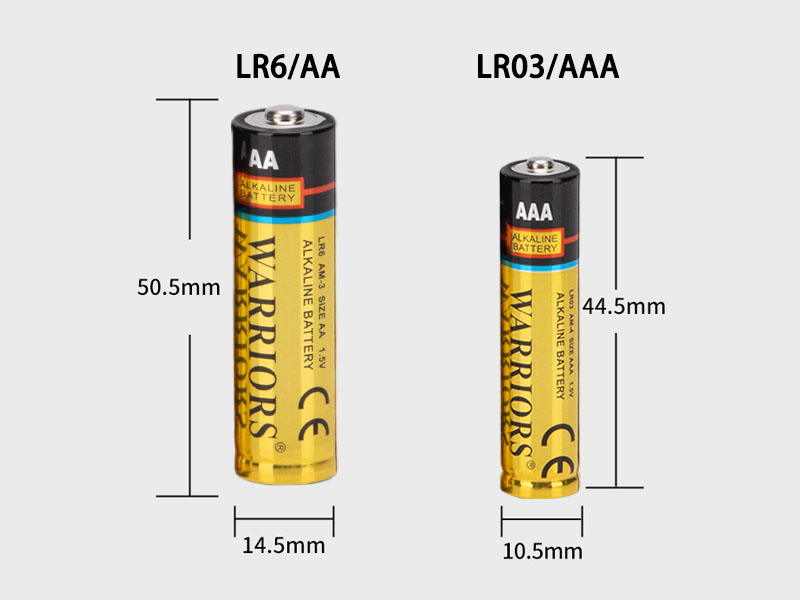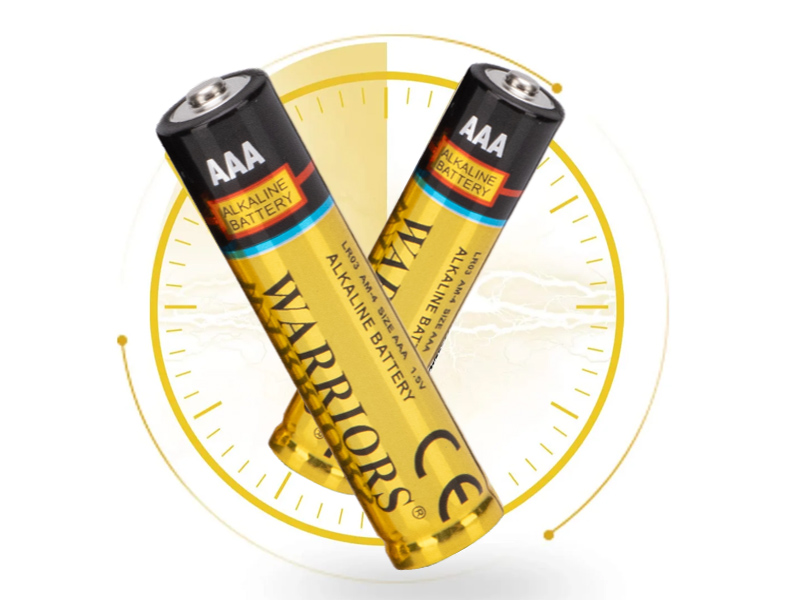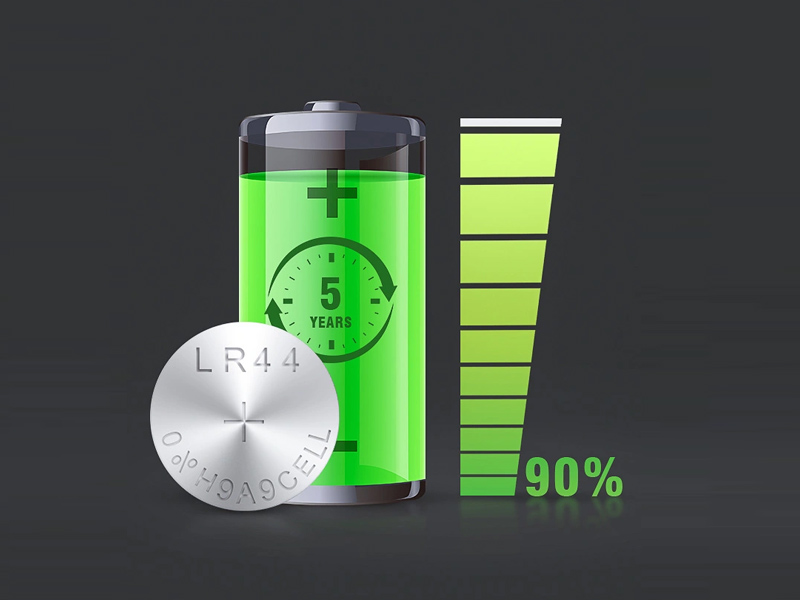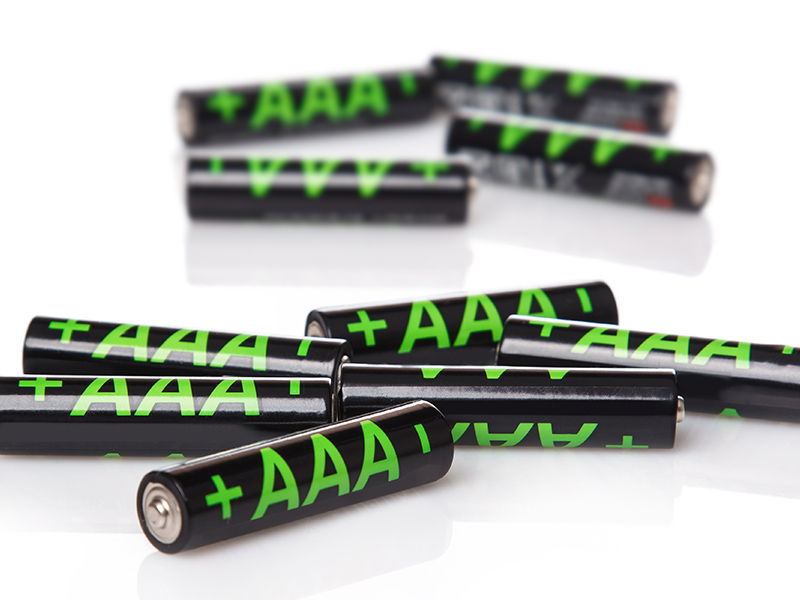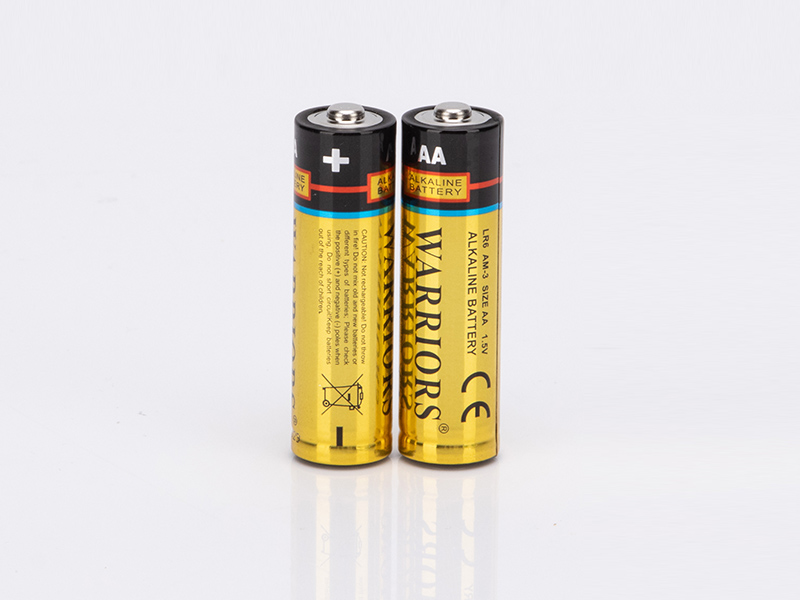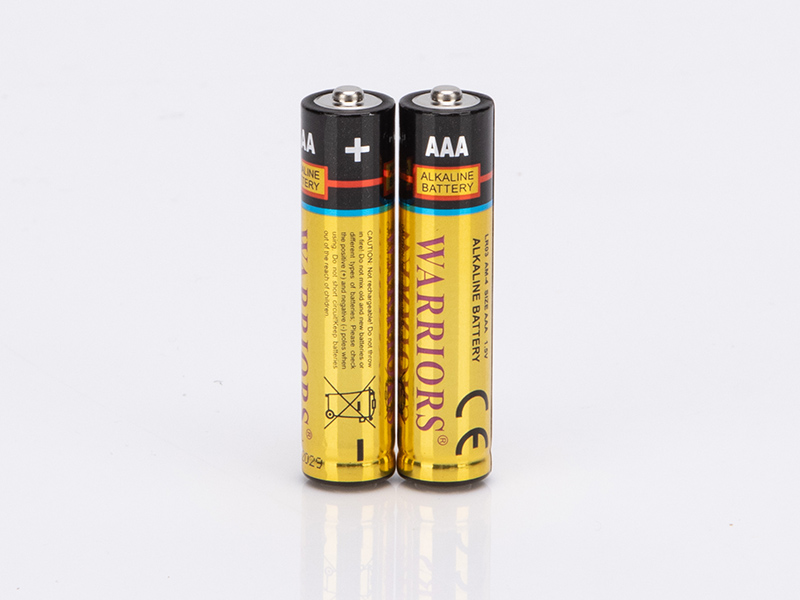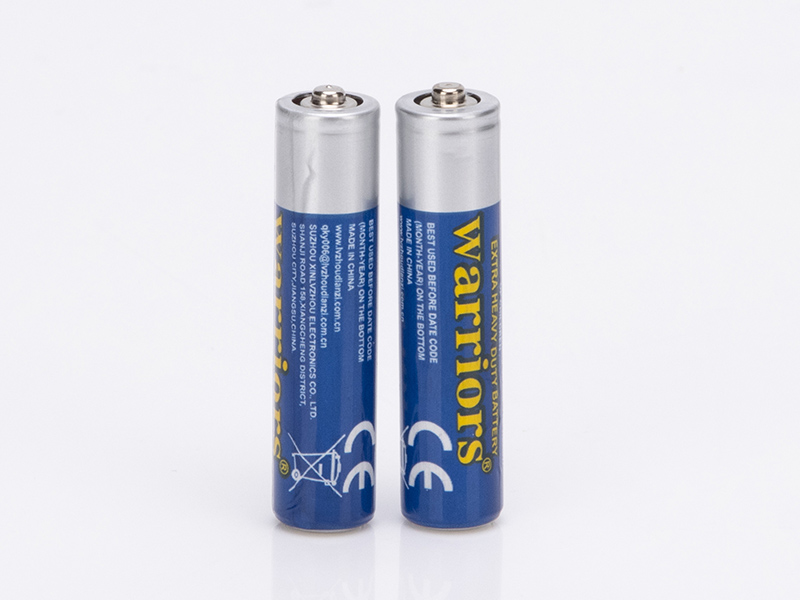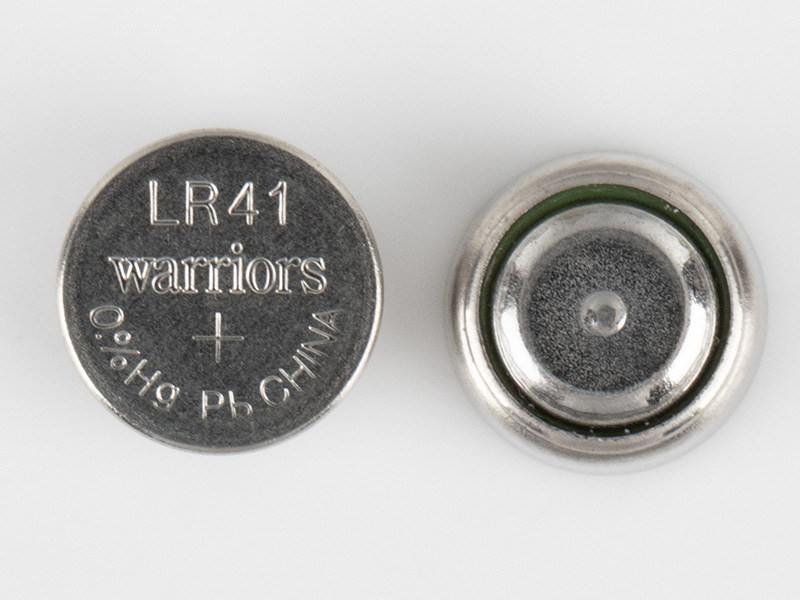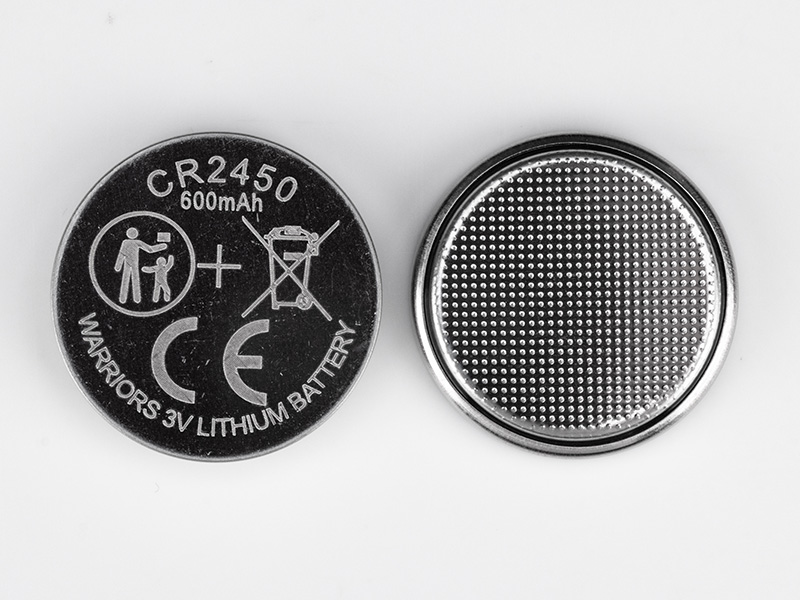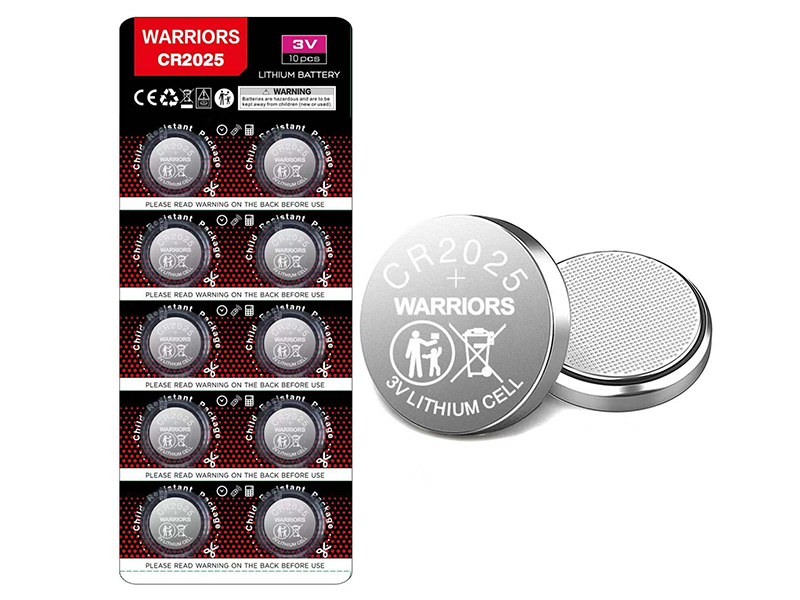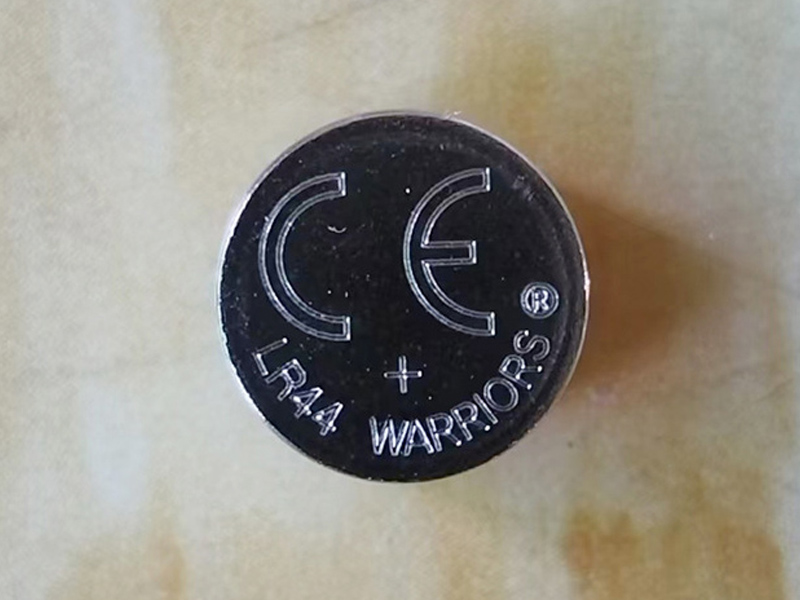Apr 07, 2025
LR41, LR43 and LR44 are all alkaline coin cell batteries, but they have certain differences in specifications and uses. Do you know the applications of these batteries in daily life? This article will analyze the differences between them in detail and explain why they cannot be used interchangeably.
What are LR43 coin cell batteries?
The LR43 battery is an alkaline button cell with a nominal voltage of 1.5V and a usable temperature range of 0°C to 60°C, with an optimal operating temperature of approximately 20°C. This battery is popular for its durability, high capacity, high energy density, and stable and reliable performance.
LR43 button cell batteries are used in a variety of devices, including watches, electronic toys, remote controls, and calculators. LR43s are also interchangeable with other battery types, such as SR43, AG12, LR1142, 386, 301, 186, etc. However, it is important to note that although LR44 and LR43 are the same size, their chemical compositions are different and therefore not fully compatible. For example, SR43W, SR43, SR43SW, 386, 301, and AG12 are silver oxide button cells, while LR43 is an alkaline button cell.
It is worth mentioning that LR43 batteries do not contain mercury, are environmentally friendly and safe. Since the production standards of different brands may be slightly different, it is recommended to carefully check the product information before purchasing to ensure that it meets the needs of your device.
LR44 battery replacement
Batteries that are comparable in size and capacity to the LR44 may be labeled differently depending on the manufacturer. Direct replacements for the LR44 include the Duracell 76A, Energizer A76, and AG13 batteries. Despite the different names, these batteries are identical replacements for the LR44 and are interchangeable.
There are also other batteries with the same size as the LR44 but with different chemistries, such as the SR44, SR44SW, 357, and 303 silver oxide batteries. These batteries feature a more stable voltage output and are suitable for devices that require low power consumption and long operation, such as watches or certain medical devices.
One of the most common questions is, "Are LR44 and 357 the same?"
While 357 batteries and LR44 are similar in size, they differ in chemistry, cost, and performance. For example, 357 uses silver oxide technology, which provides longer-lasting power for low-power devices, while LR44 is primarily alkaline and is suitable for general-purpose electronic devices.
What is an LR41 battery?
The LR41 is a small alkaline button cell battery that is widely used in electronic devices. Many well-known brands, such as Toshiba and Maxell, produce this type of battery. In addition, some smaller brands, such as Tianqiu, also offer LR41 batteries.
It's worth noting that similar sized batteries from brands such as Energizer may use different chemistries, such as silver oxide instead of alkaline, and therefore may vary in performance and usability.
Features of LR43, LR44 and LR41
LR43 Battery Features
• Cost-effective: Using manganese dioxide as the positive electrode material, it has both stability and economy.
• Stable discharge capability: Even in the state of high drain pulse discharge, it can still maintain consistent voltage output.
• Excellent leak-proof design: Using special sealing materials and unique structure to improve anti-leakage ability.
• Environmental certification: Complies with RoHS and European environmental directives.
LR44 Battery Features
• Strong high-drain discharge capability: Compared with traditional button batteries, it can maintain high current and high voltage for a longer time, and last longer.
• Mercury-free safety technology: It adopts patented mercury-free process, which is suitable for high-safety applications such as medical devices.
• High quality guarantee: Made in Japan, with more than 40 years of production experience, quality and reliability are guaranteed.
LR41 Battery Features
• Nominal voltage: 1.5V
• Nominal capacity: 25-32mAh (actual discharge capacity may vary depending on brand and discharge mode)
• Ultra-small size design: suitable for space-constrained devices, providing stable low-current output.
Application scenarios for LR43, LR44 and LR41
LR43 Applicable devices
• Watches
• Alarms
• E-books (children's books with voice function)
• Calculators
• Blood glucose monitors
• Toys and small electronic devices
LR44 Applicable Devices
• Medical devices (such as digital thermometers)
• Stopwatches, calorie counters, pedometers
• LED lighting, pet collars, wireless doorbells
• Video games, toys, garage door openers
• Electronic notepads, PDA devices
• Keyless entry systems, car alarms
• Computer motherboards, laser pointers, calculators, watches
LR41 Applicable devices
• Digital thermometers
• Calculators
• Laser pointers
• Mini flashlights
• Security system control panels
• Medical instruments, watches
• Memory backup systems, battery packs
Are LR43, LR44, and LR41 interchangeable?
LR43 vs LR44:
The LR43 is thinner than the LR44, and while some devices may be compatible, battery life will be reduced.
LR44 batteries are not a direct replacement for LR43 batteries as the size, voltage and current output are different and may affect proper operation of the device.
LR41 vs LR44:
LR41 is significantly smaller than LR44 and has a lower energy capacity and is not a direct replacement.
The LR41 is equivalent to the 392-type battery, while the LR44 is closer to the 357-type silver oxide button cell.
Conclusion:
Due to differences in size, voltage and energy capacity, LR43, LR41 and LR44 are not fully interchangeable. Using incompatible batteries may shorten the life of the device or cause the device to not function properly, so it is recommended to always choose a model that is compatible with the device to ensure optimal performance.
If you want to know more about the market price and other information of LR41, LR43 and LR44 batteries, you can consult at www.warriorscell.com.
Read More
